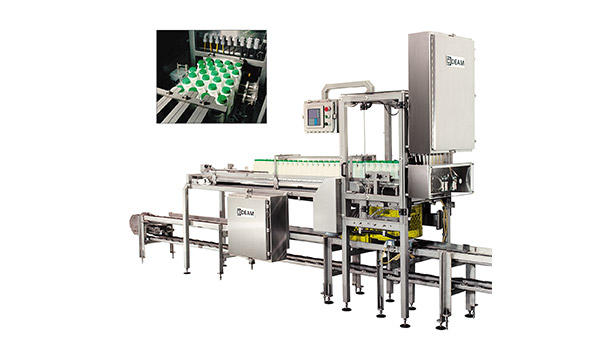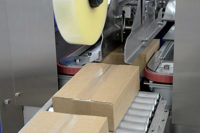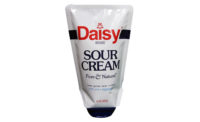By Fred Beer, Westfalia Deam Systems
Case packing and handling of small bottles appears to be a simple, streamlined operation however, trends in consumer behavior and new bottle designs have introduced many challenges for beverage and dairy companies that can significantly affect line efficiency.
With more consumers on the go, there are increasing demands for bottles that fit car cup holders and are more convenient. Packaging design teams are continually developing new and unique bottle sizes to meet these demands. The challenge comes from trying to fit these designs into plastic dairy cases using traditional packing methods.
Many beverage companies use corrugated cases and these are sized to allow bottles to be loaded in a uniform pack pattern. Many are even eliminating the case completely, opting to bundle/shrink wrap bottle groups and palletize directly.
Case packing challenges specific to dairies
Dairies, on the other hand, must deal with plastic cases that don’t offer size flexibility because of their fixed dimensions. There is a lot of wasted space when smaller sized bottles are packed into these cases with a straight, uniform pattern.
The challenge for dairies in meeting consumer demand for these smaller, more convenient bottle sizes is maximizing the number of bottles in the case and maintaining the same level of operational efficiency achieved when case packing the traditional milk jugs and cartons.
The solution has been the development of round bottle casers, capable of loading a broad range of bottles sizes and pack patterns. These casers are capable of handling round bottles, as well as the traditional gallon and half-gallon plastic jugs. This flexibility particularly helps smaller dairies that may only have one or two filling lines.
An offset pattern increases bottles per case to 22 from 16
Latest generation (newer model) round bottle casers allow for the creation of offset patterns to optimize the number of bottles that can fit within a plastic case. Drop load and load head models are available that handle a size range from 8 ounce to 20 ounce at high speeds while maintaining overall packaging line efficiency. Typically, a straight pack pattern might fit 16 bottles, whereas when incorporating an offset pattern a dairy can now fit up to 22 bottles per case.
Creating these offset patterns for smaller-sized round bottles and multitier loading has challenged case packing machine designers to not only maximize the number of bottles per case, but also maintain operating speed and line efficiency. Offset patterns can be created either outside or at the caser loading zone. The difference is related to cost and speed. Creating an offset pattern outside the load area is more expensive, but delivers greater speed in case packing operations.
How to create the offset load pattern
The creation of an offset load pattern is best done in two stages. First the bottles need to be guided into multiple lanes as they arrive from the bottle filler. The number of lanes is dependent on the bottle diameter and the load pattern required. The second stage involves removing the lane guides and forming the offset pattern for either drop load or load head case loading. Some round bottle caser designs provide the option of creating the offset pattern outside of the loading area, and using a robot to load the bottle group into the case.
As the trend toward smaller bottles with unique shapes and sizes continues, beverage and especially dairy companies will need flexible case packing systems to maintain reliable and efficient operations. Fortunately, new generation round bottle casers with servo controls provide one touch HMI size/pattern selection to help solve the challenges faced when loading these small bottles.
About the Author: Fred Beer is president of Westfalia Deam Systems. He holds a degree in mechanical engineering and has more than 40 years of industry experience in case packing and materials handling equipment design.


